
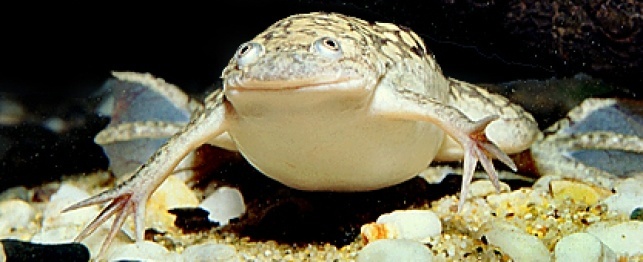
Reptiles
African clawed frogs are voracious aquatic creatures. They eat all manner of smaller pond-dwelling creatures and can reach about 4 inches in body length.
The African clawed frog, Xenopus laevis, is a thoroughly aquatic amphibian of moderate size. It ranges widely through much of tropical and subtropical Africa. This frog may be more readily available at aquarium departments than in the reptile and amphibian sections of pet stores. Aquarists often purchase it as an aquarium oddity. This poses no problem when the frogs are babies, but problems arise as the frogs grow and start wolfing down prized tropical fish intended as companions and not food.
Although entirely aquatic, clawed frogs have lungs and periodically rise to the water surface to gulp a breath of atmospheric air. Their water must be clean and chemical free. Almost all in the pet trade are captive bred.
When kept in a filtered aquarium and fed a varied diet, these are very hardy, usually trouble-free amphibians that are suitable for beginning hobbyists. They were once used in human pregnancy tests. If injected with the urine of a woman who was pregnant, a female frog would spontaneously ovulate.
The body and head of the African clawed frog are flattened, but not to the extreme of the related Suriname toad. The hind limbs are flattened but very strong and the hind feet are broad and fully webbed. The three toes are tipped with black claws. The forelimbs are weak; the fingers are clustered and unwebbed.
Clawed frogs lack eyelids. A row of "stitch-like" lateral organs are present on each side. Normally, these frogs are mud-colored with irregular blotches of darker pigment. Albinos, pieds, leucistic, and gold phases have been developed and are now firmly established.
This frog species also lacks a tongue. The forefeet help stuff prey items into the sizable mouth. The tadpoles have long, motile, tails and a pair of barbels near the mouth. They appear superficially like diminutive catfish.
Clawed frogs are tropical and subtropical creatures that are active throughout the year. They are voracious feeders that quickly shovel food into their mouth with their forefeet. Food seems to be located primarily by scent and, perhaps, by touch. The eyes are small, directed dorsally, and vision seems weak. These aquatic frogs have well developed lungs and must surface periodically to gulp a breath of fresh air. They thrive in most chemical-free tap waters. Do not keep them in distilled water.
The diet of a clawed frog can include earthworms, crickets, freshly killed minnows, any small fish they can catch, tadpoles, and glass (grass) shrimp. You may also offer these frogs Reptomin®, pelleted trout chow, catfish chow, and koi pellets. Most will accept these prepared foods. Since uneaten animal-protein based dietary items can quickly sour your water, you must feed your clawed frogs prudently.
The slimy skin of the clawed frog makes it very difficult to grasp them by hand. It is better to use a soft, wet net. Scoop up the frog and cover the mouth of the net with your free hand to prevent the frog from leaping free. Get him back into the water as quickly as possible.
Certainly not brightly colored, clawed frogs are, nonetheless, interesting aquarium inhabitants. They can be kept either in a planted or a non-planted aquarium. If in the former, suitable lighting will need to be provided to stimulate plant survival and growth. Only plants with a strong root system should be used. From one to four clawed frogs can be kept in a 10-gallon tank, but a group of four to six should be kept in a 20-gallon long aquarium.
Most tap waters are suitable for these frogs. The water should be chemical-free and filtered. Periodic changing is necessary. The more and larger your clawed frogs, the more often the water will require changing. Clawed frogs do best at a temperature between 76 and 85 degrees Fahrenheit.
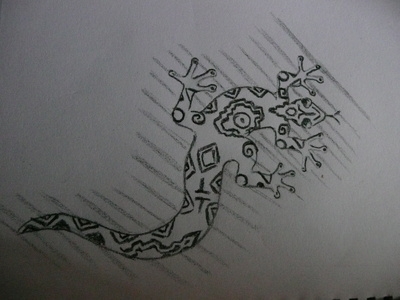 List of Reptiles for Children
List of Reptiles for Children
List of
List of Reptiles for Children
List of Reptiles for Children
List of
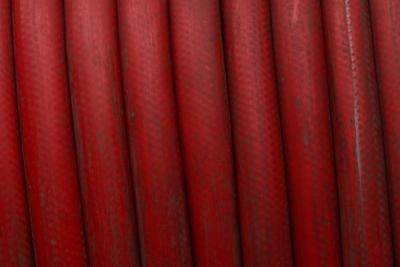 Homemade Mister for Reptiles
Homemade Mister for Reptiles
Homemade
Homemade Mister for Reptiles
Homemade Mister for Reptiles
Homemade
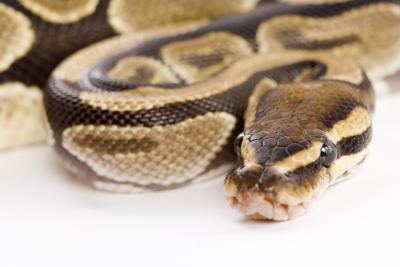 How to Tell If a Python Is Male or Female
How to Tell If a Python Is Male or Female
How to Tell If a Python Is Male or Female
How to Tell If a Python Is Male or Female
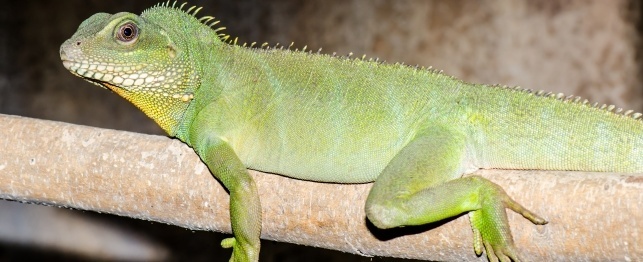 Choosing a Green Water Dragon
Choosing a Green Water Dragon
Choosing a Green Water Dragon
Choosing a Green Water Dragon
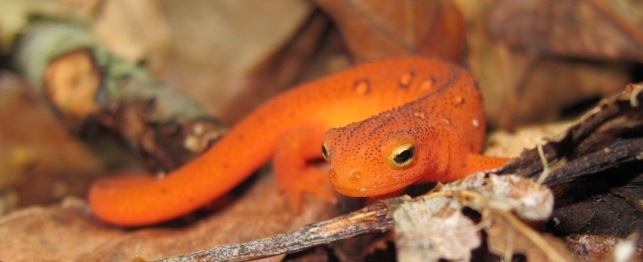 Choosing a Pacific Newt
Choosing a Pacific Newt
Choosing a Pacific Newt
Choosing a Pacific Newt
Copyright © 2005-2016 Pet Information All Rights Reserved
Contact us: www162date@outlook.com